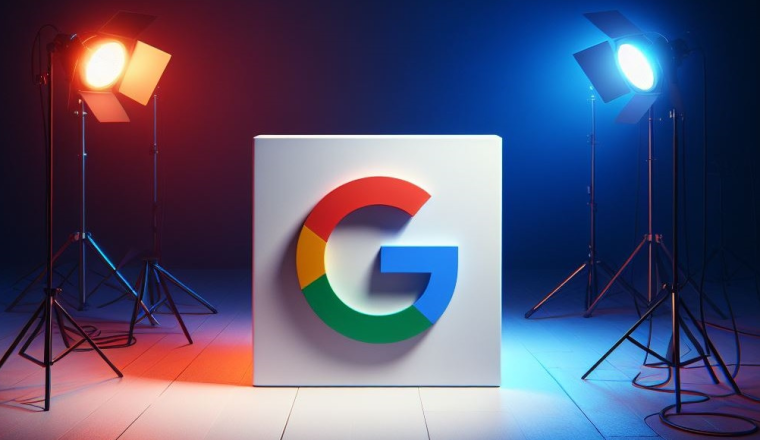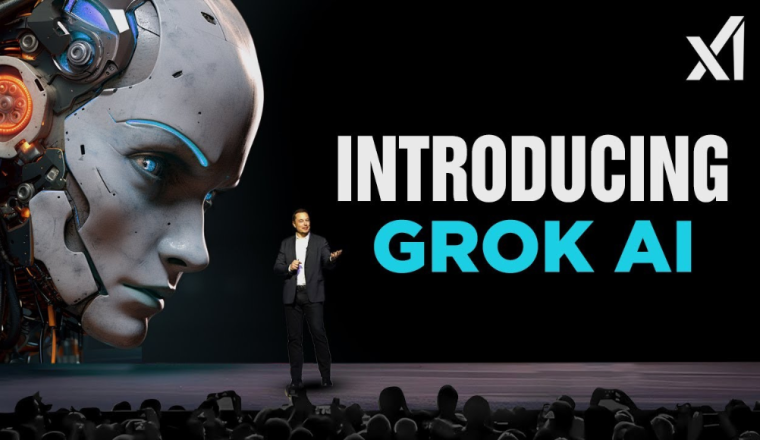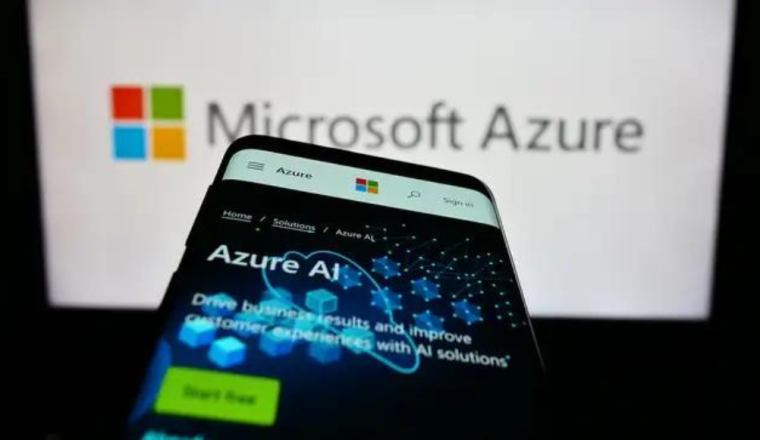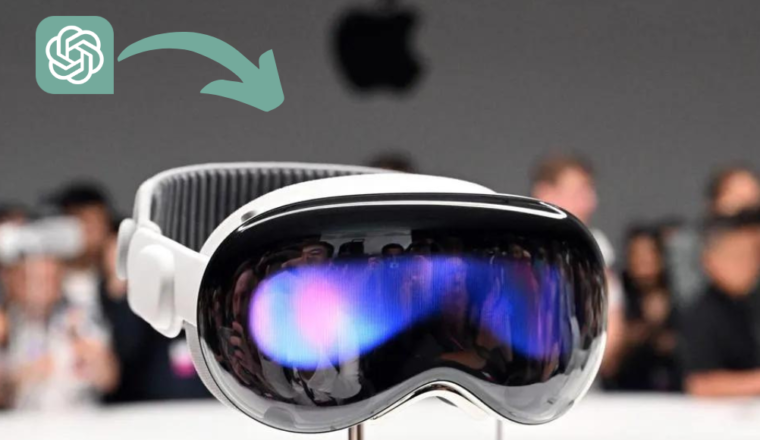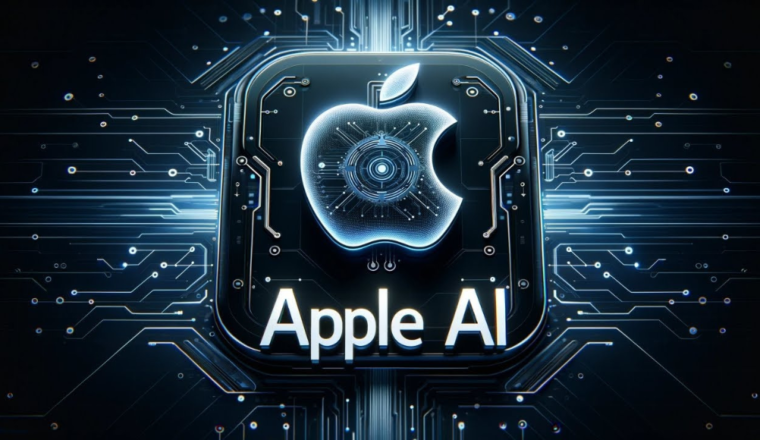OpenAI Empowers Personalized AI with Fine-Tuning API Enhancements
In a groundbreaking move towards personalized artificial intelligence, OpenAI unveils significant upgrades to its fine-tuning API and extends its custom models program, empowering developers with enhanced control and customization options.
Fine-Tuning API Advancements
Since its inception in August 2023, the fine-tuning API for GPT-3.5 has revolutionized AI model refinement. The latest enhancements include epoch-based checkpoint creation, minimizing retraining needs and overfitting risks. A new comparative Playground UI facilitates side-by-side evaluations, enhancing development with human insights. With third-party integration and comprehensive validation metrics, these updates mark a major leap in fine-tuning technology.
Expanding the Custom Models Program
OpenAI’s expansion of the Custom Models program offers assisted fine-tuning and fully custom-trained models, catering to organizations with specialized needs. Assisted fine-tuning leverages collaborative efforts to maximize model performance, exemplified by success stories like SK Telecom’s enhanced customer service performance. Meanwhile, fully custom-trained models address unique requirements, as seen in Harvey, an AI tool for attorneys, enhancing legal case law analysis accuracy.
The Future of AI Customization
OpenAI envisions a future where customized AI models become standard for businesses seeking optimal AI performance. With the fine-tuning API enhancements and expanded custom models program, organizations can develop AI solutions finely tuned to their specific needs, leading to enhanced outcomes and efficiency.
Getting Started
For those eager to explore these capabilities, OpenAI provides access to fine-tuning API documentation. Organizations interested in custom model collaboration can access further information on customization and partnership opportunities.
Conclusion: A New Era of Personalized AI
As AI continues to integrate into diverse sectors, OpenAI’s advancements signify a new era of customization and efficiency. These updates promise significant benefits for businesses and developers alike, paving the way for personalized AI solutions tailored to specific requirements.
One of the most intriguing aspects of OpenAI’s progress is the potential for seamless integration with existing systems. This compatibility opens the door for a wide array of applications across industries, including advanced customer service chatbots, predictive analytics tools, and automated content generation platforms.
Furthermore, the continuous evolution of OpenAI’s technology fosters a dynamic environment where businesses can harness the power of AI to drive innovation and growth. From streamlining internal processes to enhancing customer experiences, the possibilities are vast and transformative.
In essence, OpenAI’s groundbreaking developments are reshaping the business landscape, offering an array of tools and resources that empower organizations to achieve greater efficiency, productivity, and foresight. With ongoing advancements, the future holds even more promising prospects for leveraging AI to its full potential.





